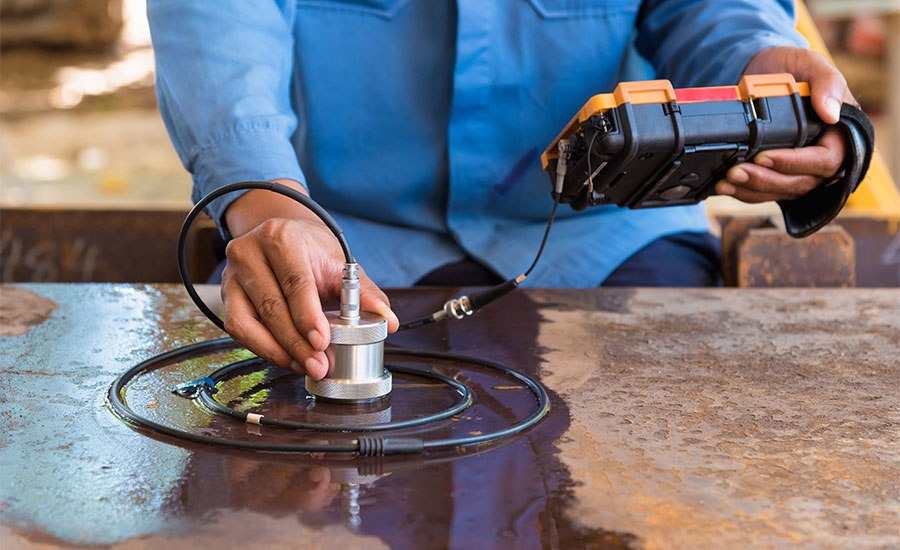Visual Inspection
Regardless of technological advancements in inspection techniques the primary and most important inspection / test technique is visual inspection.
Time has proved that visual inspection is the most effective technique of all. Other techniques can be employed if and when the welds or parts to be examined are considered visually acceptable to specification requirements.
Visual Inspection is a very effective inspection method, and it should be the primary method included in any effective Quality Control Program. It has been shown repeatedly that, “Visual inspection” conducted by properly trained inspectors, results in the discovery of the vast majority of those defects which would only be discovered later by some more expensive non-destructive test method.”
While visual inspection is limited to materials surface-only examination, it often detects the most damaging defects. Visual inspection (abbreviated“VT’ )by the American Society for Non-destructive Testing (ASNT) of welded components requires inspectors to have a broad knowledge of many technologies, including welding, destructive testing, non-destructive testing, and metallurgy, as well as the correct terminology for each.
Because of the importance of the technique, the first training course and inspection approval every EIS technician will undergo in PCN Visual inspection.
Weld quality assurance is the use of technological methods and actions to test or assure the quality of welds, and secondarily to confirm the presence, location and coverage of welds. In manufacturing, welds are used to join two or more metal surfaces. Because these connections may encounter loads and fatigue during product lifetime, there is a chance they may fail if not created to proper specification.

 Aptest
Aptest


